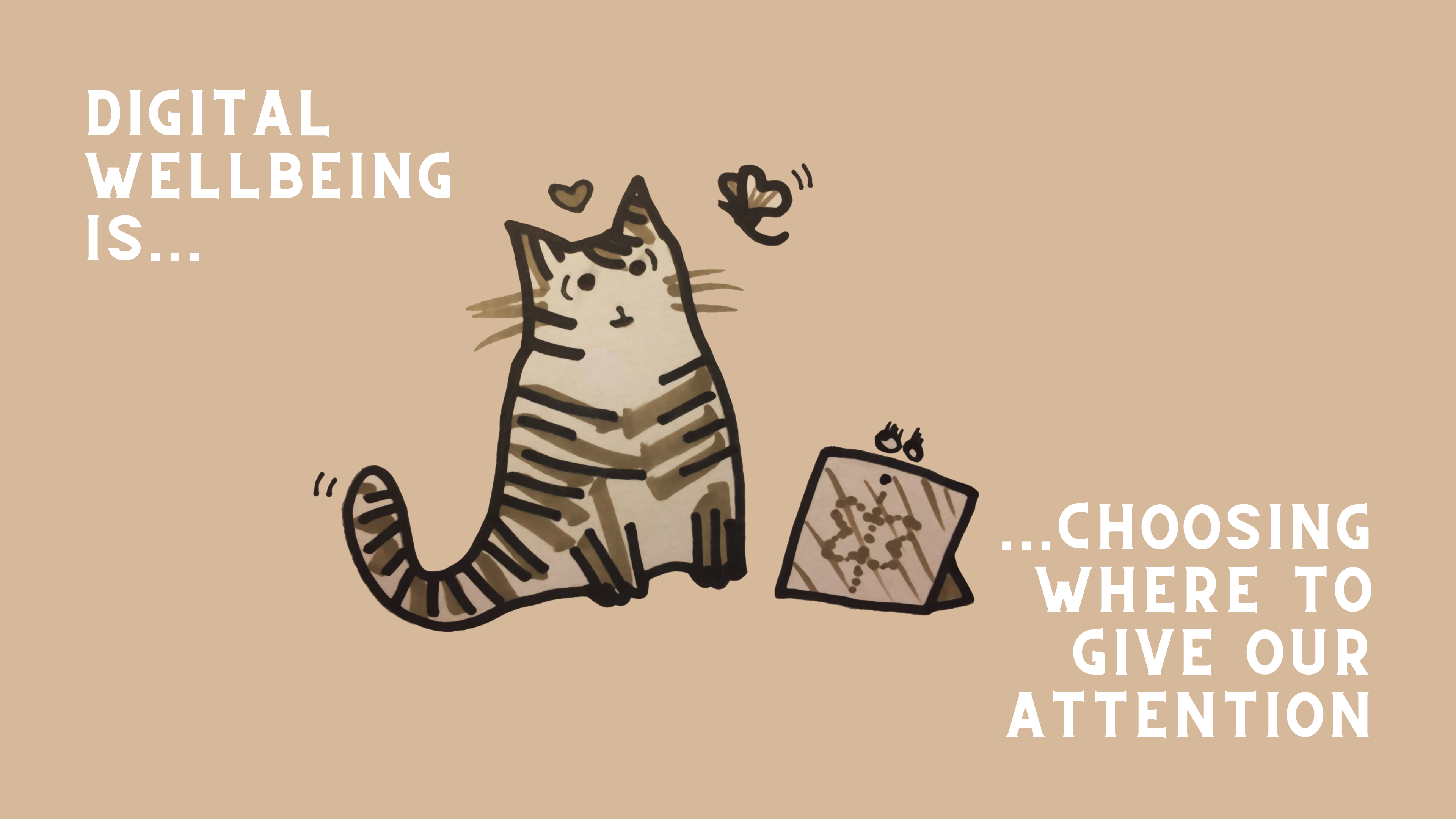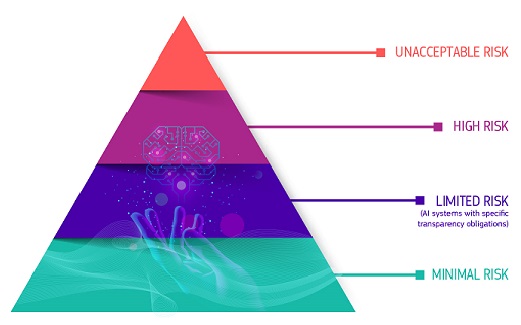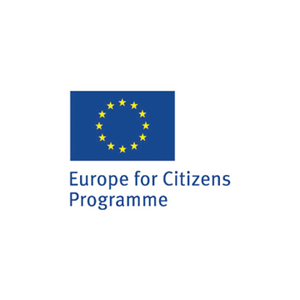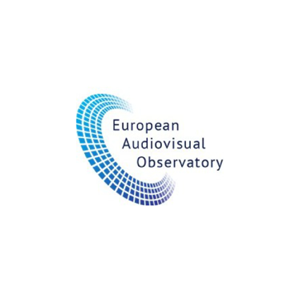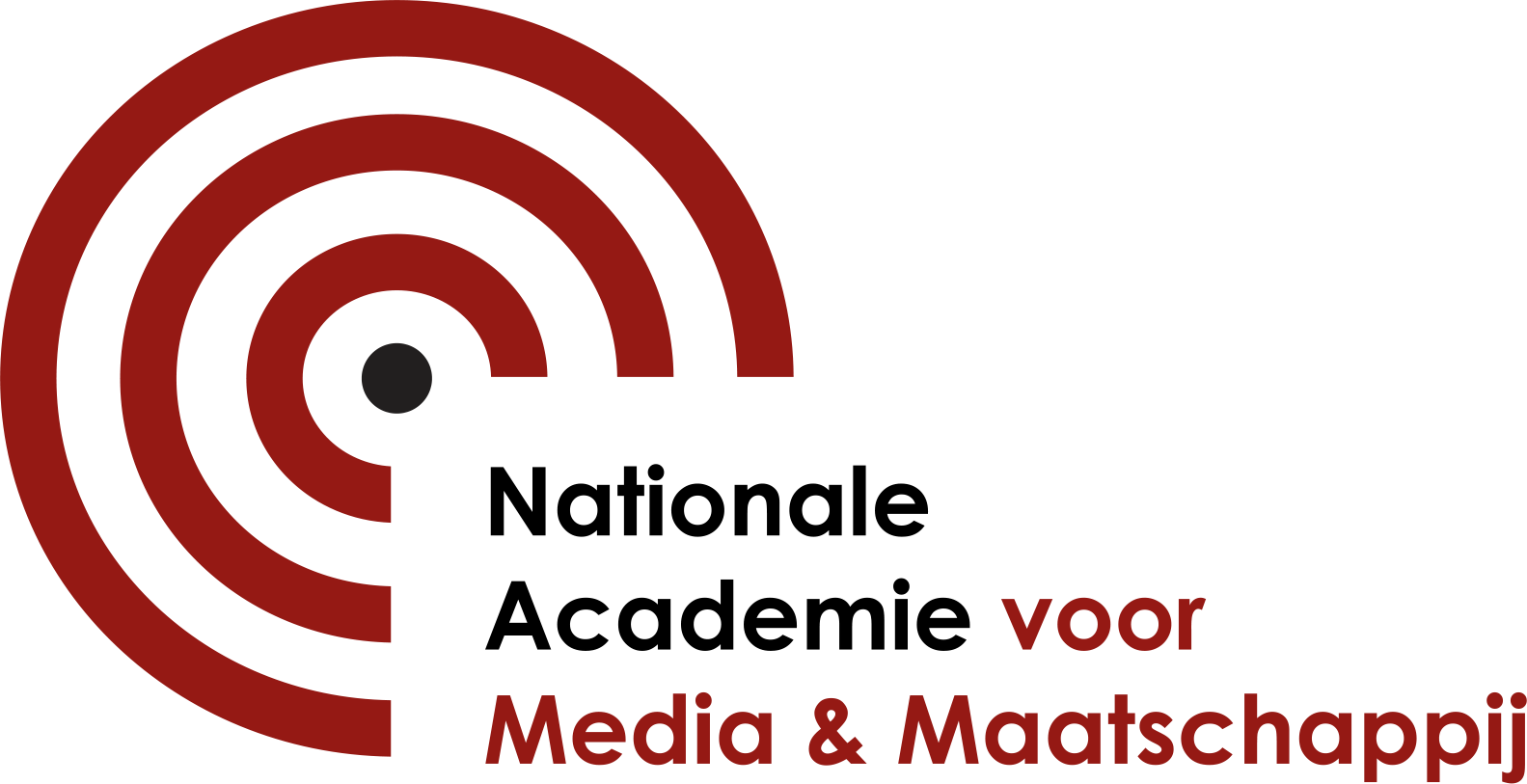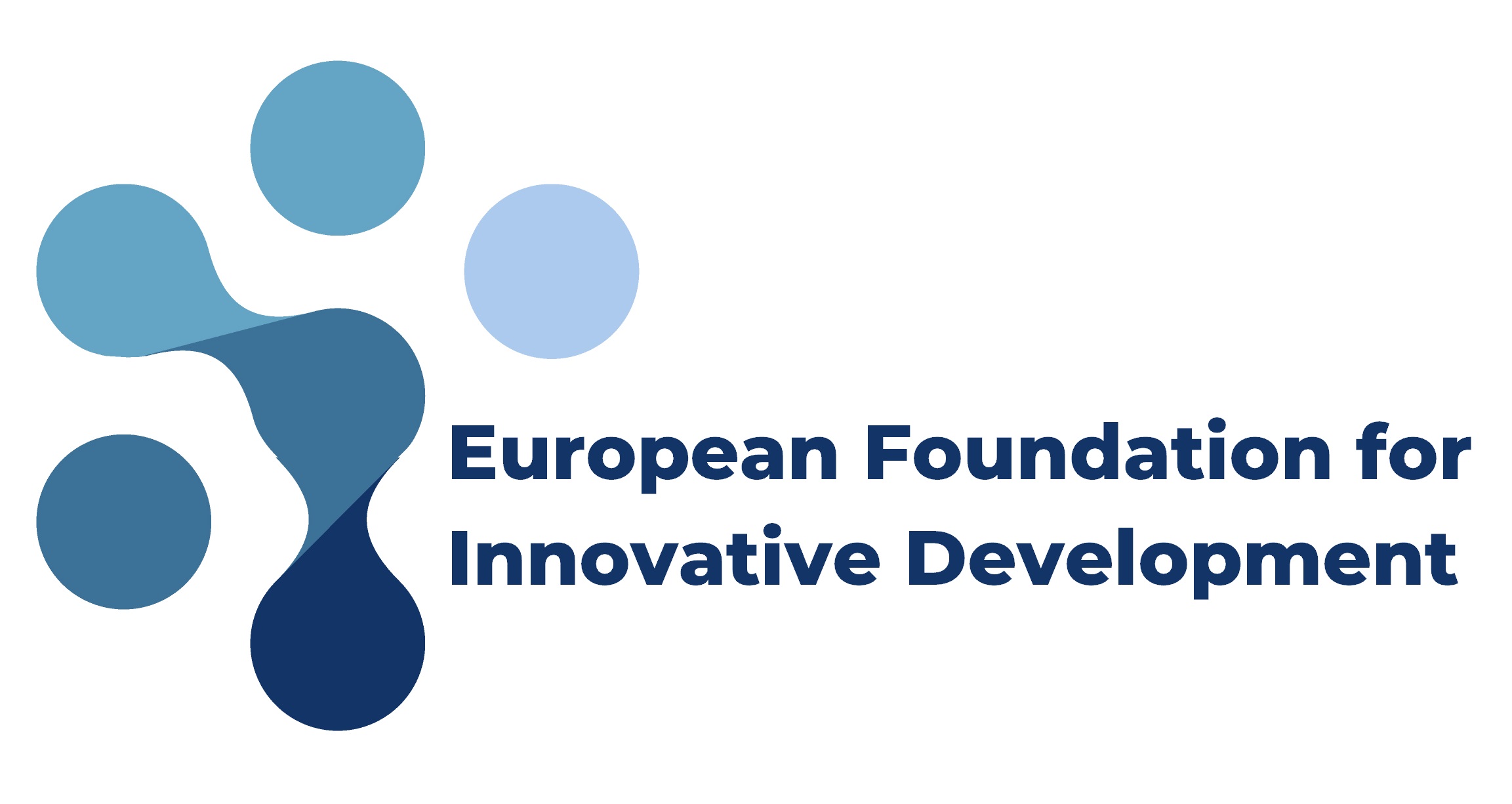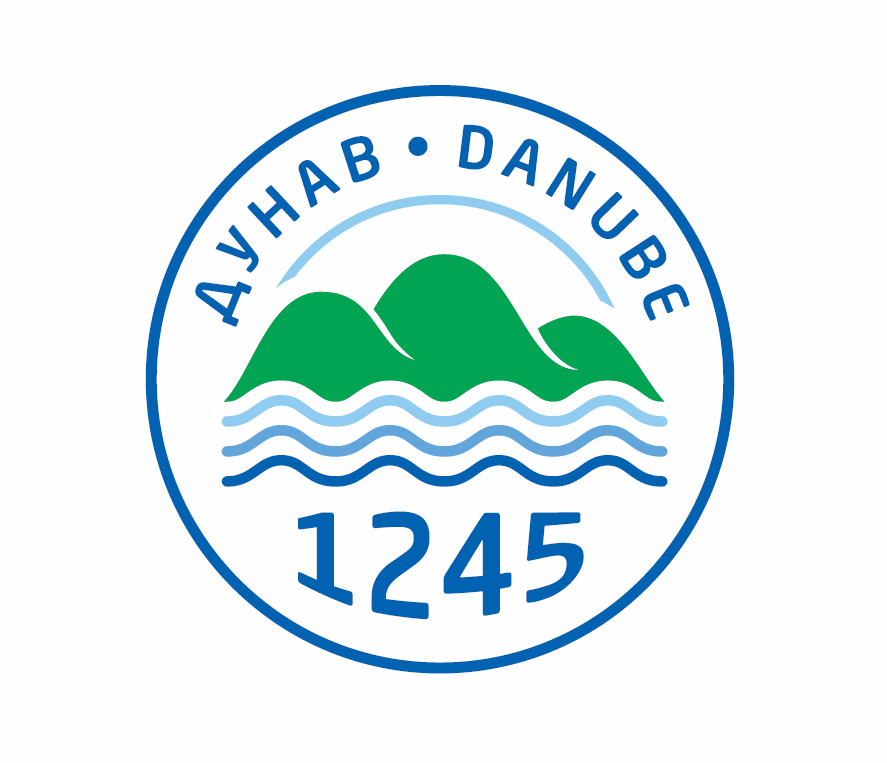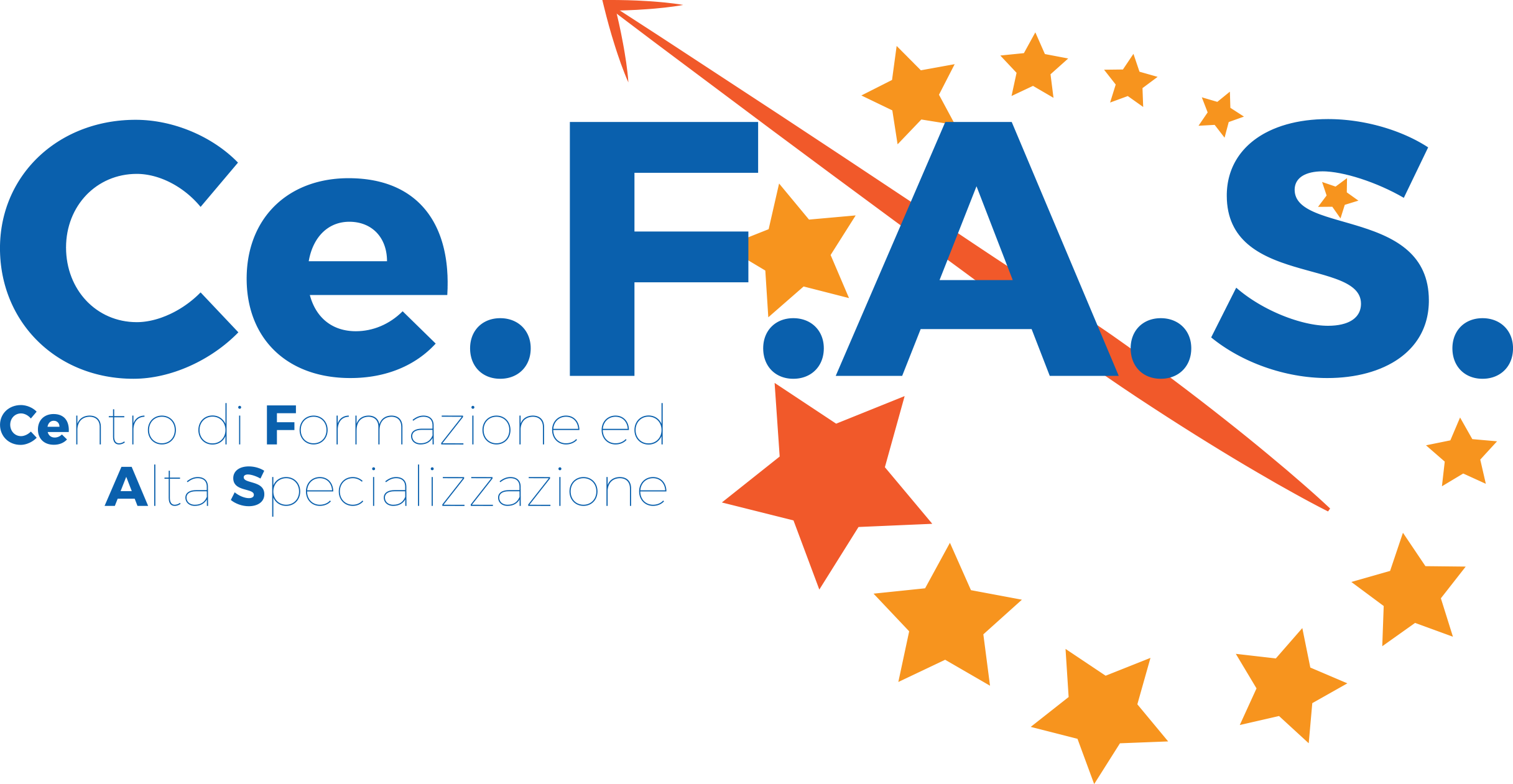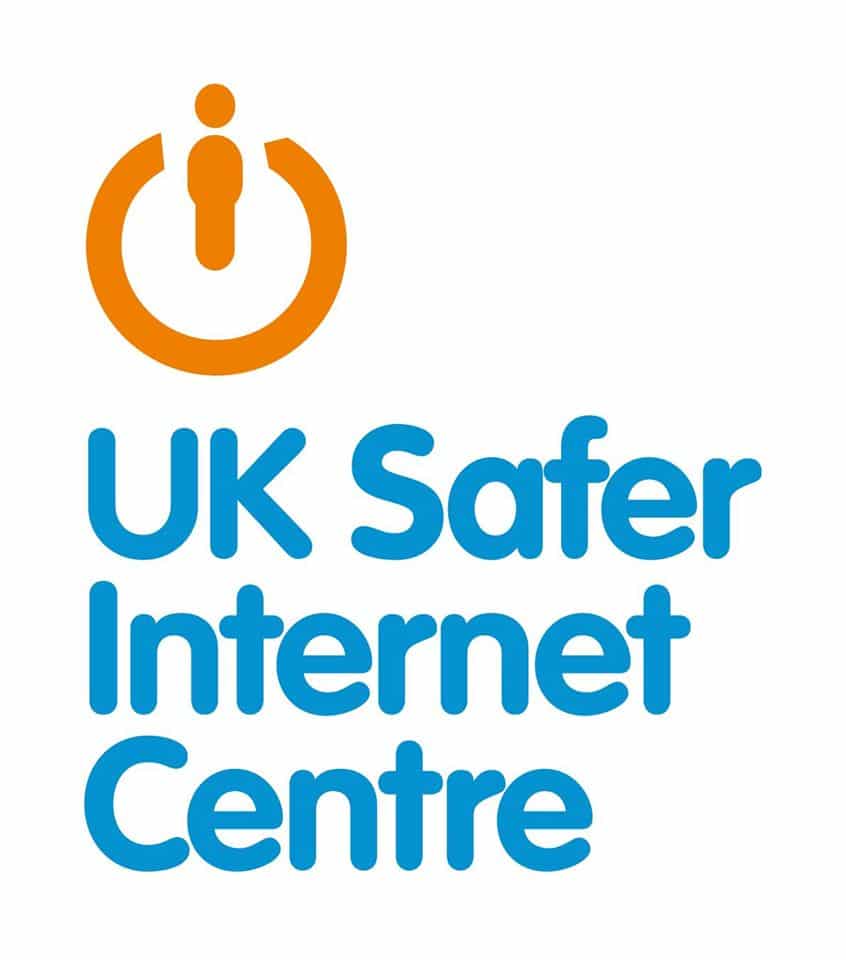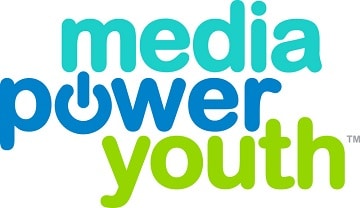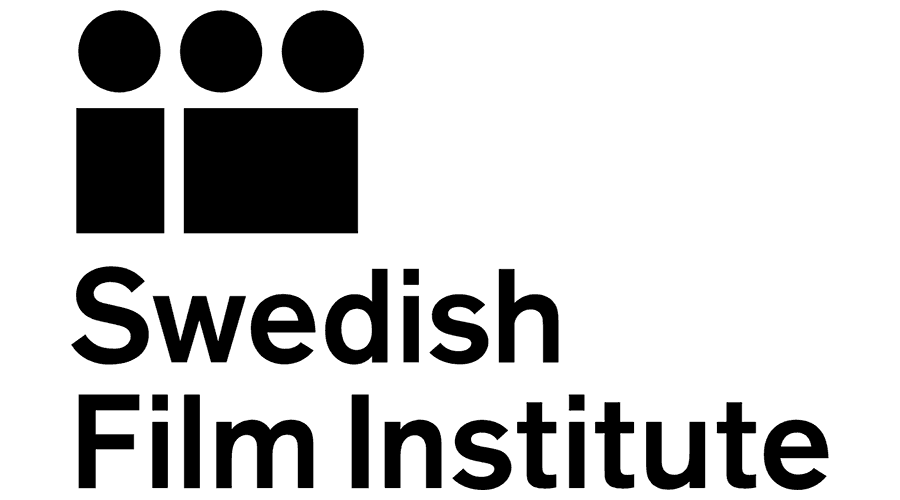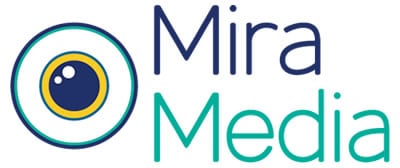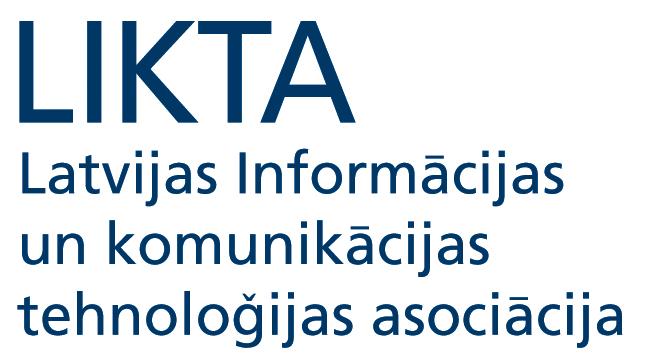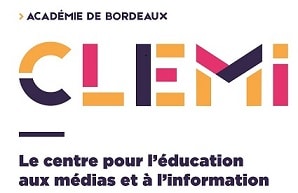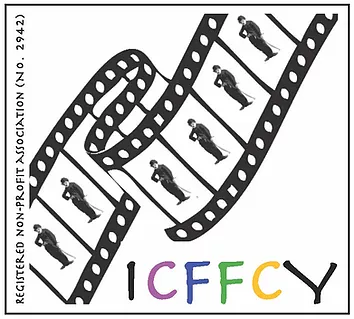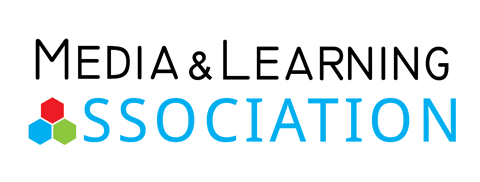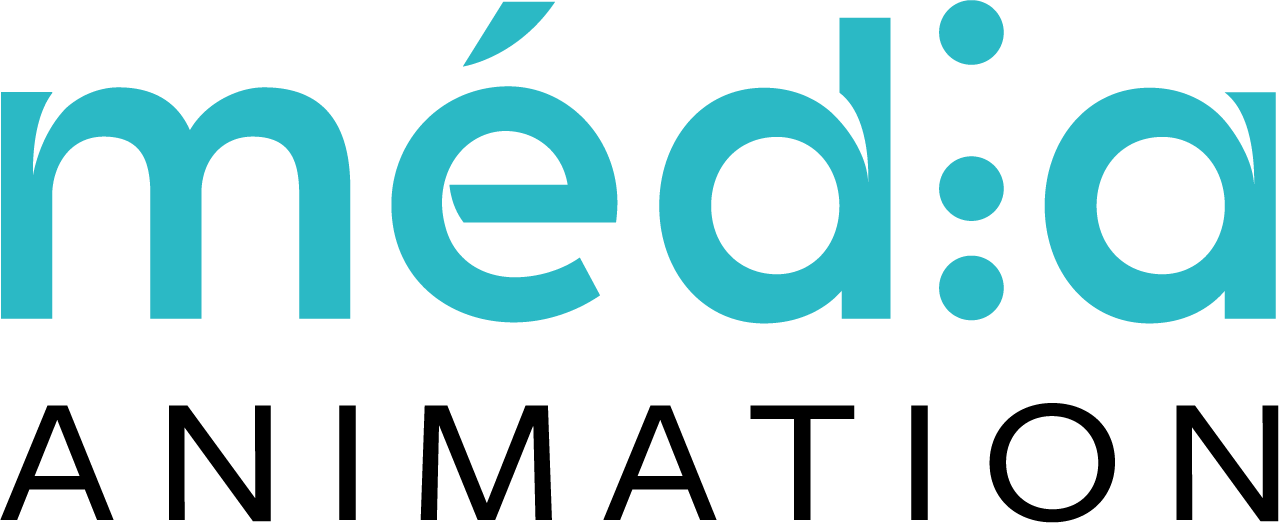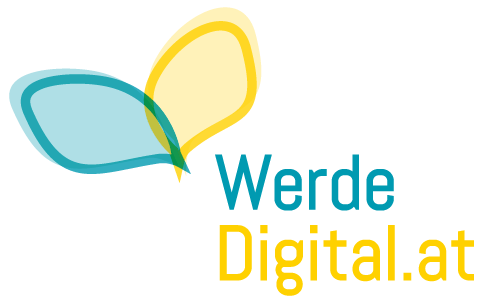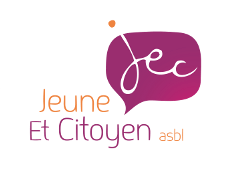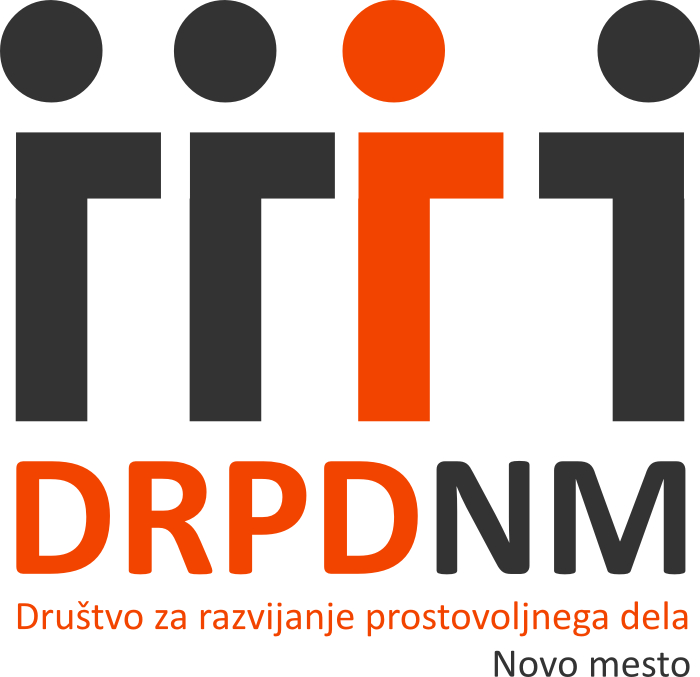
Not often does a documentary cause so much controversy among such a wide audience. But when Netflix’s The Social Dilemma crashed into its top 10 movies the week of its release last month, nearly everybody familiar with its themes had something to say about it. The creators of the critically acclaimed 2017 documentary Chasing Coral have teamed up with the co-founders of The Center for Humane Technology and created, together with a cast of mainly former titans of Silicon Valley social media firms, a film with a stark message of the ills that social media companies have been inflicting on societies around the world through its users.
Due perhaps to the foreboding oversimplification of what are complex issues, and the exclusion of voices beyond the Valley, the film has been panned and ignored by intellectuals of media technology’s effects on politics and society. Nevertheless, as a civic organization that has worked tirelessly for the last 15 years to raise issues of the potential harmful effects of online platforms and social media for individuals and society, EAVI endorses the film’s sense of urgency and welcomes its impact of raising awareness of these issues among the public at large.

The Good…
Aimed at audiences that for the first time are hearing about issues of potential harm caused by big tech and social media companies through their platforms, The Social Dilemma hits a lot of right notes. The fact is, a handful of extremely large platforms, Facebook, Google, YouTube (owned by Google), Instagram (owned by Facebook), Twitter and others operate on ad-driven business models whose powerful AI-fueled algorithms compete for attention share of their users in order to turn a profit. But it is no longer enough to simply target users with ads. Users themselves must be brought into alignment so they can be better targeted.
The film thus introduces viewers to its main message: the gigantic online and social media platforms have not only near monopolistic power to resell our online activity to advertisers, but they also have the technology and financial incentives to manipulate its users. In the film, Jaron Lanier, a computer scientist and early progenitor of VR technology, puts it best:
‘It’s the gradual, slight, imperceptible change in your behavior and perception that is the product. Changing what you do, what you think, who you are is the only possible thing to make money from.’
In other words, the film claims, rightly, that we are not simply using these technologies—we are also, if not primarily, being used by them. They do this by employing persuasive technology which, when operating in concert, creates an environment that automates and optimizes techniques of behavioral psychology to endlessly mine our attention, surveille, modify and predict our behavior, and harvest our data in exchange for the use of their platforms (i.e. without financial compensation) on behalf of third parties. Importantly, all of this is without our permission or awareness.

The Bad…
The Social Dilemma begins to deflate as it attempts a frantic and tenuous connecting of dots between this predictive micro-targeting technology, third party profit model and an array of worrying phenomena in society. Issues like smartphone addiction, the unregulated deployment of disinformation, an uprooting of social mores and norms, widening political division, the commandeering of social media platforms by authoritarian regimes, the susceptibility and degrading of democracy and civic life, the conflating short-term rewards (e.g. likes and hearts) with value and truth of identity and humanity, the conditioning of a brittle and solipsistic grasp of reality, and the breakdown of shared facts and notions of truth necessary for sustaining community and resolving conflict.
While all of these are relevant and important to mention, the film does not entertain, much less consider, other forces at play in them—as if the problems societies face only exist online. It all-too-neatly traces each of them back to a single ineluctable cause—social media in its current form.
This is where the film truly falls flat, with its cynical Silicon Valley techno-solutionist pretensions on full display. Techno-solutionism prioritizes technical solutions over all others for problems where technology is involved. Former Google design ethicist Tristan Harris declares, ‘Technology has overtaken human weakness.’ Hence, there is no need to consider more human-centred solutions. For mere users, resistance is futile.
In the film this ideology is encapsulated in a short clip of Facebook’s Mark Zuckerberg proposing “tweaks to the algorithm” as a solution to the problem of disinformation. The majority of the film’s speakers are formerly of Silicon Valley big tech firms. Their penitent message to viewers ringing hollow, as if to say, “We’re sorry the ills of society were made ominously worse because of our inventions. But trust us, (only) we can fix them!” Translation: “Give us more money and all will be well!” Given the film’s fear factor, we can only assume the sooner the better, but trust in Silicon Valley alone, as the film convinces, ironically, will not get us to a better place.

The Media Illiterate…
The most glaring disappointment of The Social Dilemma is that it is not intended to educate, only to alarm. Like the platforms they criticize, it capitalizes on a persistent drumbeat of fear. As for the dilemma, it leaves viewers abandoned in the dark, with only the light of their screens to guide them. There is zero mention of media literacy, education or strategies, and a total exclusion of the other important voices beyond the Valley. After all, so long as we are left convinced there is a purely technical solution, there is no need. The film portrays human beings less as acting of their own free will, capable of adaptation and devising strategies of self-preservation, and more as mere nodes of our information networks, naïve and hapless “users” under the algorithmic spell of social media.
The film offers almost no immediate and practical first steps, no imaginative solutions, no mention of our responsibilities as consumers and citizens, no indication of who has the power to change things or how, no message of hope or conditions under which the environment it describes can improve.
The EAVI “bump”
EAVI is a long-time proponent of media literacy education including issues of social media and responsible use of communication technology. Despite the The Social Dilemma’s shortcomings and simplifications, on balance, its release on Netflix is a benefit to society. By achieving a wide viewership, it has a critical impact and enables people to immediately grasp the issues at stake for their lives as individuals and for their democratic societies. For many years this has been EAVI’s mission.
For further information, resources and reflections about the issues raised in The Social Dilemma, visit eavi.eu and eaviconversations.eu.
Written by: Andrew Wojtkielewicz

Not often does a documentary cause so much controversy among such a wide audience. But when Netflix’s The Social Dilemma crashed into its top 10 movies the week of its release last month, nearly everybody familiar with its themes had something to say about it. The creators of the critically acclaimed 2017 documentary Chasing Coral have teamed up with the co-founders of The Center for Humane Technology and created, together with a cast of mainly former titans of Silicon Valley social media firms, a film with a stark message of the ills that social media companies have been inflicting on societies around the world through its users.
Due perhaps to the foreboding oversimplification of what are complex issues, and the exclusion of voices beyond the Valley, the film has been panned and ignored by intellectuals of media technology’s effects on politics and society. Nevertheless, as a civic organization that has worked tirelessly for the last 15 years to raise issues of the potential harmful effects of online platforms and social media for individuals and society, EAVI endorses the film’s sense of urgency and welcomes its impact of raising awareness of these issues among the public at large.

The Good…
Aimed at audiences that for the first time are hearing about issues of potential harm caused by big tech and social media companies through their platforms, The Social Dilemma hits a lot of right notes. The fact is, a handful of extremely large platforms, Facebook, Google, YouTube (owned by Google), Instagram (owned by Facebook), Twitter and others operate on ad-driven business models whose powerful AI-fueled algorithms compete for attention share of their users in order to turn a profit. But it is no longer enough to simply target users with ads. Users themselves must be brought into alignment so they can be better targeted.
The film thus introduces viewers to its main message: the gigantic online and social media platforms have not only near monopolistic power to resell our online activity to advertisers, but they also have the technology and financial incentives to manipulate its users. In the film, Jaron Lanier, a computer scientist and early progenitor of VR technology, puts it best:
‘It’s the gradual, slight, imperceptible change in your behavior and perception that is the product. Changing what you do, what you think, who you are is the only possible thing to make money from.’
In other words, the film claims, rightly, that we are not simply using these technologies—we are also, if not primarily, being used by them. They do this by employing persuasive technology which, when operating in concert, creates an environment that automates and optimizes techniques of behavioral psychology to endlessly mine our attention, surveille, modify and predict our behavior, and harvest our data in exchange for the use of their platforms (i.e. without financial compensation) on behalf of third parties. Importantly, all of this is without our permission or awareness.

The Bad…
The Social Dilemma begins to deflate as it attempts a frantic and tenuous connecting of dots between this predictive micro-targeting technology, third party profit model and an array of worrying phenomena in society. Issues like smartphone addiction, the unregulated deployment of disinformation, an uprooting of social mores and norms, widening political division, the commandeering of social media platforms by authoritarian regimes, the susceptibility and degrading of democracy and civic life, the conflating short-term rewards (e.g. likes and hearts) with value and truth of identity and humanity, the conditioning of a brittle and solipsistic grasp of reality, and the breakdown of shared facts and notions of truth necessary for sustaining community and resolving conflict.
While all of these are relevant and important to mention, the film does not entertain, much less consider, other forces at play in them—as if the problems societies face only exist online. It all-too-neatly traces each of them back to a single ineluctable cause—social media in its current form.
This is where the film truly falls flat, with its cynical Silicon Valley techno-solutionist pretensions on full display. Techno-solutionism prioritizes technical solutions over all others for problems where technology is involved. Former Google design ethicist Tristan Harris declares, ‘Technology has overtaken human weakness.’ Hence, there is no need to consider more human-centred solutions. For mere users, resistance is futile.
In the film this ideology is encapsulated in a short clip of Facebook’s Mark Zuckerberg proposing “tweaks to the algorithm” as a solution to the problem of disinformation. The majority of the film’s speakers are formerly of Silicon Valley big tech firms. Their penitent message to viewers ringing hollow, as if to say, “We’re sorry the ills of society were made ominously worse because of our inventions. But trust us, (only) we can fix them!” Translation: “Give us more money and all will be well!” Given the film’s fear factor, we can only assume the sooner the better, but trust in Silicon Valley alone, as the film convinces, ironically, will not get us to a better place.

The Media Illiterate…
The most glaring disappointment of The Social Dilemma is that it is not intended to educate, only to alarm. Like the platforms they criticize, it capitalizes on a persistent drumbeat of fear. As for the dilemma, it leaves viewers abandoned in the dark, with only the light of their screens to guide them. There is zero mention of media literacy, education or strategies, and a total exclusion of the other important voices beyond the Valley. After all, so long as we are left convinced there is a purely technical solution, there is no need. The film portrays human beings less as acting of their own free will, capable of adaptation and devising strategies of self-preservation, and more as mere nodes of our information networks, naïve and hapless “users” under the algorithmic spell of social media.
The film offers almost no immediate and practical first steps, no imaginative solutions, no mention of our responsibilities as consumers and citizens, no indication of who has the power to change things or how, no message of hope or conditions under which the environment it describes can improve.
The EAVI “bump”
EAVI is a long-time proponent of media literacy education including issues of social media and responsible use of communication technology. Despite the The Social Dilemma’s shortcomings and simplifications, on balance, its release on Netflix is a benefit to society. By achieving a wide viewership, it has a critical impact and enables people to immediately grasp the issues at stake for their lives as individuals and for their democratic societies. For many years this has been EAVI’s mission.
For further information, resources and reflections about the issues raised in The Social Dilemma, visit eavi.eu and eaviconversations.eu.
Written by: Andrew Wojtkielewicz

Not often does a documentary cause so much controversy among such a wide audience. But when Netflix’s The Social Dilemma crashed into its top 10 movies the week of its release last month, nearly everybody familiar with its themes had something to say about it. The creators of the critically acclaimed 2017 documentary Chasing Coral have teamed up with the co-founders of The Center for Humane Technology and created, together with a cast of mainly former titans of Silicon Valley social media firms, a film with a stark message of the ills that social media companies have been inflicting on societies around the world through its users.
Due perhaps to the foreboding oversimplification of what are complex issues, and the exclusion of voices beyond the Valley, the film has been panned and ignored by intellectuals of media technology’s effects on politics and society. Nevertheless, as a civic organization that has worked tirelessly for the last 15 years to raise issues of the potential harmful effects of online platforms and social media for individuals and society, EAVI endorses the film’s sense of urgency and welcomes its impact of raising awareness of these issues among the public at large.

The Good…
Aimed at audiences that for the first time are hearing about issues of potential harm caused by big tech and social media companies through their platforms, The Social Dilemma hits a lot of right notes. The fact is, a handful of extremely large platforms, Facebook, Google, YouTube (owned by Google), Instagram (owned by Facebook), Twitter and others operate on ad-driven business models whose powerful AI-fueled algorithms compete for attention share of their users in order to turn a profit. But it is no longer enough to simply target users with ads. Users themselves must be brought into alignment so they can be better targeted.
The film thus introduces viewers to its main message: the gigantic online and social media platforms have not only near monopolistic power to resell our online activity to advertisers, but they also have the technology and financial incentives to manipulate its users. In the film, Jaron Lanier, a computer scientist and early progenitor of VR technology, puts it best:
‘It’s the gradual, slight, imperceptible change in your behavior and perception that is the product. Changing what you do, what you think, who you are is the only possible thing to make money from.’
In other words, the film claims, rightly, that we are not simply using these technologies—we are also, if not primarily, being used by them. They do this by employing persuasive technology which, when operating in concert, creates an environment that automates and optimizes techniques of behavioral psychology to endlessly mine our attention, surveille, modify and predict our behavior, and harvest our data in exchange for the use of their platforms (i.e. without financial compensation) on behalf of third parties. Importantly, all of this is without our permission or awareness.

The Bad…
The Social Dilemma begins to deflate as it attempts a frantic and tenuous connecting of dots between this predictive micro-targeting technology, third party profit model and an array of worrying phenomena in society. Issues like smartphone addiction, the unregulated deployment of disinformation, an uprooting of social mores and norms, widening political division, the commandeering of social media platforms by authoritarian regimes, the susceptibility and degrading of democracy and civic life, the conflating short-term rewards (e.g. likes and hearts) with value and truth of identity and humanity, the conditioning of a brittle and solipsistic grasp of reality, and the breakdown of shared facts and notions of truth necessary for sustaining community and resolving conflict.
While all of these are relevant and important to mention, the film does not entertain, much less consider, other forces at play in them—as if the problems societies face only exist online. It all-too-neatly traces each of them back to a single ineluctable cause—social media in its current form.
This is where the film truly falls flat, with its cynical Silicon Valley techno-solutionist pretensions on full display. Techno-solutionism prioritizes technical solutions over all others for problems where technology is involved. Former Google design ethicist Tristan Harris declares, ‘Technology has overtaken human weakness.’ Hence, there is no need to consider more human-centred solutions. For mere users, resistance is futile.
In the film this ideology is encapsulated in a short clip of Facebook’s Mark Zuckerberg proposing “tweaks to the algorithm” as a solution to the problem of disinformation. The majority of the film’s speakers are formerly of Silicon Valley big tech firms. Their penitent message to viewers ringing hollow, as if to say, “We’re sorry the ills of society were made ominously worse because of our inventions. But trust us, (only) we can fix them!” Translation: “Give us more money and all will be well!” Given the film’s fear factor, we can only assume the sooner the better, but trust in Silicon Valley alone, as the film convinces, ironically, will not get us to a better place.

The Media Illiterate…
The most glaring disappointment of The Social Dilemma is that it is not intended to educate, only to alarm. Like the platforms they criticize, it capitalizes on a persistent drumbeat of fear. As for the dilemma, it leaves viewers abandoned in the dark, with only the light of their screens to guide them. There is zero mention of media literacy, education or strategies, and a total exclusion of the other important voices beyond the Valley. After all, so long as we are left convinced there is a purely technical solution, there is no need. The film portrays human beings less as acting of their own free will, capable of adaptation and devising strategies of self-preservation, and more as mere nodes of our information networks, naïve and hapless “users” under the algorithmic spell of social media.
The film offers almost no immediate and practical first steps, no imaginative solutions, no mention of our responsibilities as consumers and citizens, no indication of who has the power to change things or how, no message of hope or conditions under which the environment it describes can improve.
The EAVI “bump”
EAVI is a long-time proponent of media literacy education including issues of social media and responsible use of communication technology. Despite the The Social Dilemma’s shortcomings and simplifications, on balance, its release on Netflix is a benefit to society. By achieving a wide viewership, it has a critical impact and enables people to immediately grasp the issues at stake for their lives as individuals and for their democratic societies. For many years this has been EAVI’s mission.
For further information, resources and reflections about the issues raised in The Social Dilemma, visit eavi.eu and eaviconversations.eu.
Written by: Andrew Wojtkielewicz

